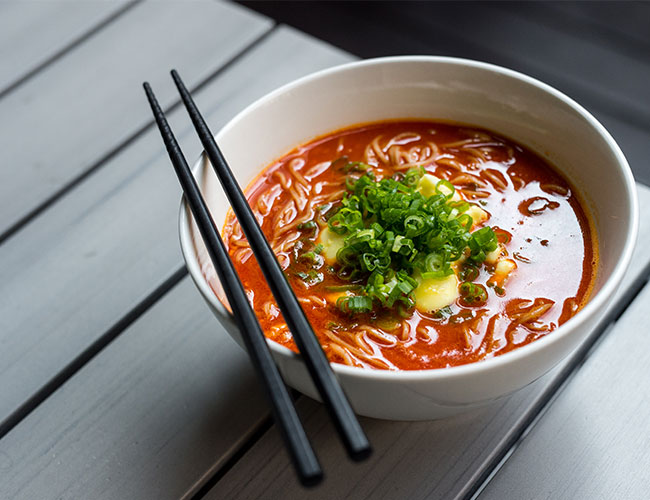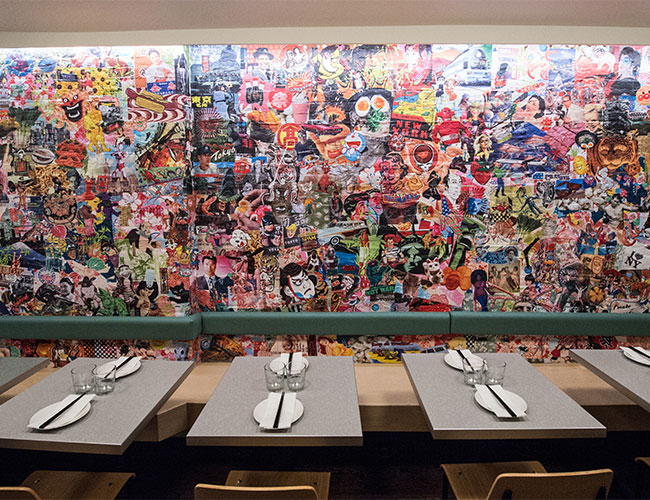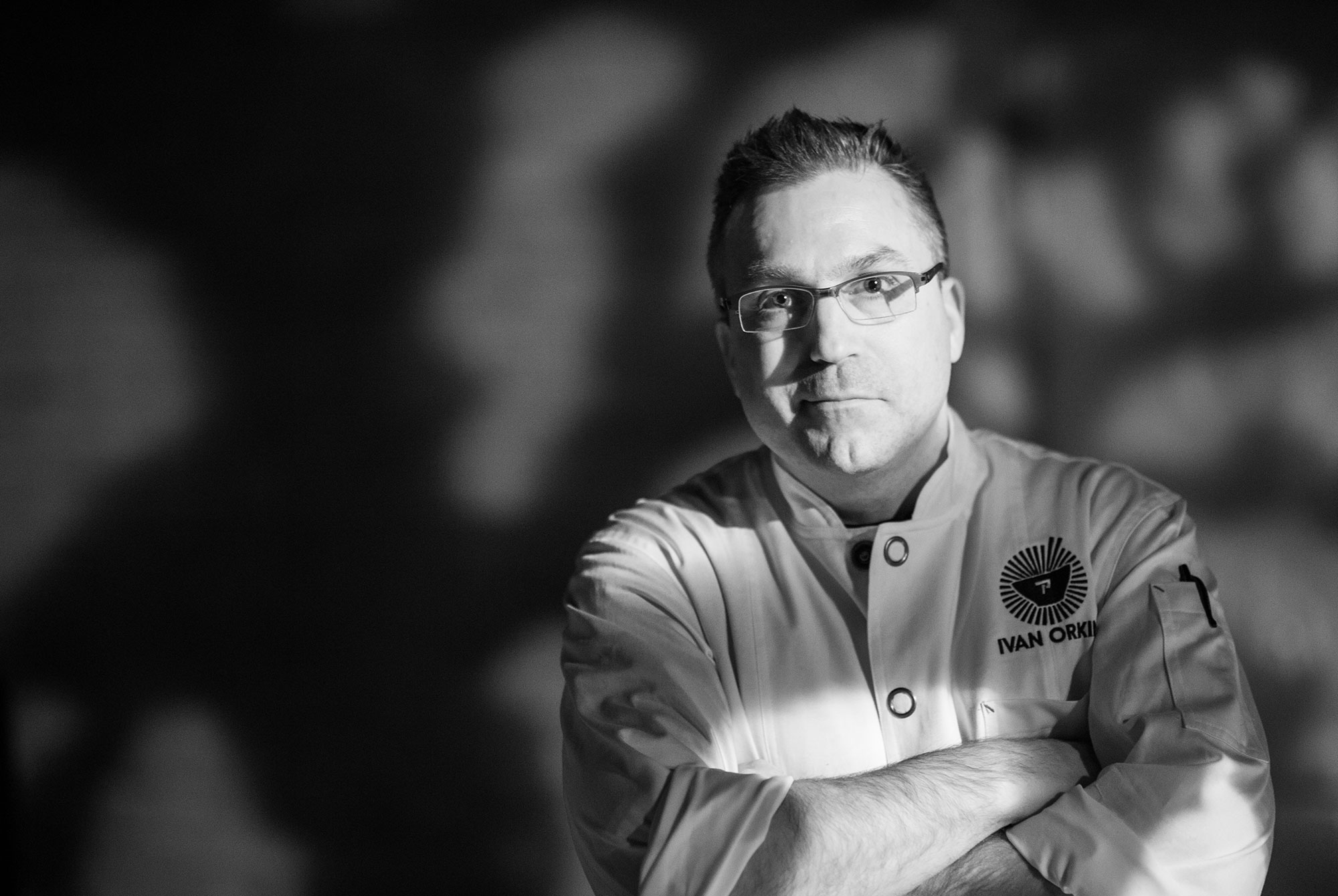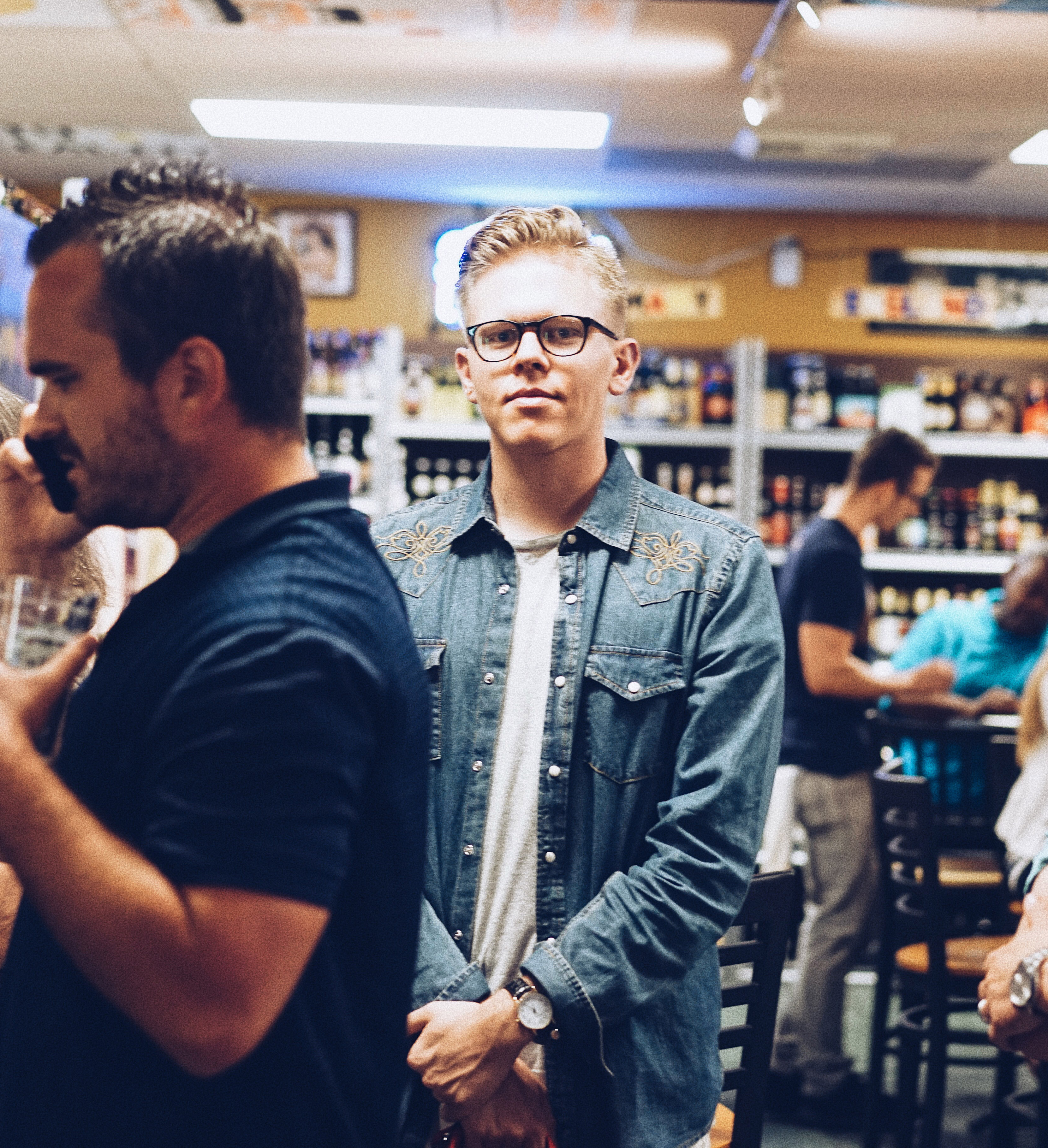Shop
‘Chef’s Table’ Ramen Star Ivan Orkin On Why Beer Matters
At NYC's hottest ramen shop, beer trumps wine.
On February 17th, the third season of Chef’s Table, the hit cooking show created by David Gelb, premiered on Netflix. Many know Gelb as the director of the revolutionary food documentary Jiro Dreams of Sushi; in Chef’s Table, he continues his legacy, profiling one chef per episode. The chefs are refined, classically trained, obsessed. The food is high class, typically served as a part of an extensive tasting menu, and available only to a select few viewers — price, exclusivity, and distance eliminate most. But not for chef Ivan Orkin and his restaurant, Ivan Ramen in NYC’s Lower East Side.
Orkin, the star of Chef’s Table episode four, is a self-described “Jewish kid from Long Island,” who earned a degree in Japanese from the University of Colorado, taught English in Japan upon graduation, and eventually, after returning to the United States, and battling a stint of unemployment and indecisiveness, earned a degree from the Culinary Institute of America. He then moved to Tokyo, where he opened the first Ivan Ramen in 2007. Despite being run by a foreigner, it quickly became one of the top ramen shops in the city, picking up a rookie of the year award in the process. In a food scene where ramen has a long tradition and cult following, this was unheard of. In 2012, Orkin returned to NYC and a year later, his first American ramen shop, Ivan Ramen Slurp Shop. opened. Soon after, Ivan Ramen, his flagship spot, was born.
Now that he calls New York home once more, Orkin’s trips to Japan are a return to where it all began. “When I travel to Japan, the first thing I do when I get off the plane is get a beer,” he says.
This isn’t some therapeutic ritual to decompress after a near-day’s worth of flying; it’s an appreciation of the careful process that goes into getting a beer from the tap to the glass in his hand. When the brewers come to inspect the taps serving their beer, which they do regularly, Orkin notices how carefully each individual, small batch is fussed over: How fresh is it? How’s the serving temperature? How nicely does the head sit atop the beer?


A bowl of spicy red chili ramen.
The interior of Ivan Ramen.
According to Orkin, the small sake brewers were the blueprint for the freshness that you see in new, Japanese beer breweries. One beer in particular that Orkin works so hard to stock, with the same freshness as seen in Japan, is Baird Beer. But, importing the beer, especially in small batches, ”does not do justice to the beer,” says Chad Combs, the General Manager of Ivan Ramen and head of their beverage program. So they focus on local NYC breweries that work with similar levels of attentiveness — their menu currently has selection from Three’s Brewing, the newly opened Hudson Valley Brewery, and Evil Twin.
How it appears before you, a stiff, modest bi-fold study of Japanese food and ultimately craft, burrows itself headfirst in the tradition of Japanese Ramen, and reappears as a carefully created, reinterpreted mastery of individualism.
While Combs handles the majority of the beverage choices, which range from sours to ciders to sake, the food menu, which is an intersection of respect for Japanese ramen “traditionalists” who began the ramen revolution and Ivan’s passion for experimentation, feels surprisingly simple. How it appears before you, a stiff, modest bi-fold study of Japanese food and ultimately craft, burrows itself headfirst in the tradition of Japanese Ramen, and reappears as a carefully created, reinterpreted mastery of individualism. The beer menu is no exception.
“When you think about pairing alcohol with food, you don’t want the same flavor profiles,” says Orkin. “Both get lost.” Today, the thought given by the sommeliers who dot top French restaurants is expanding beyond wine, into beer. The sun is setting on the days of thoughtless beer lists.
It’s becoming apparent that as food garners more respect as a craft, just like brewing, the consumer’s palate tends to embrace flavor, not endure tradition. “At the end of the day, you need to think about what works with what,” says Orkin. A mirror of his food menu, the beers at Ivan Ramen fall into two categories: a light, crisp supporting cast of Japanese beers, or flavorful experimental American brews.
“Some of the more sour, tart, floral beers tend to wash away the fat that sits on your tongue, and [the eater] can enjoy the flavors of both things,” explains Combs.
And restaurants are responding. “I’m a person who has been pioneering this thing, [the beer program]. I went to the CIA, worked at one of the most old school, famous French restaurants in the world, and as more and more classically trained chefs start going more casual, the lock on fine wine with fine food starts breaking down,” says Orkin.
“It doesn’t always need to be wine,” Combs agrees.




